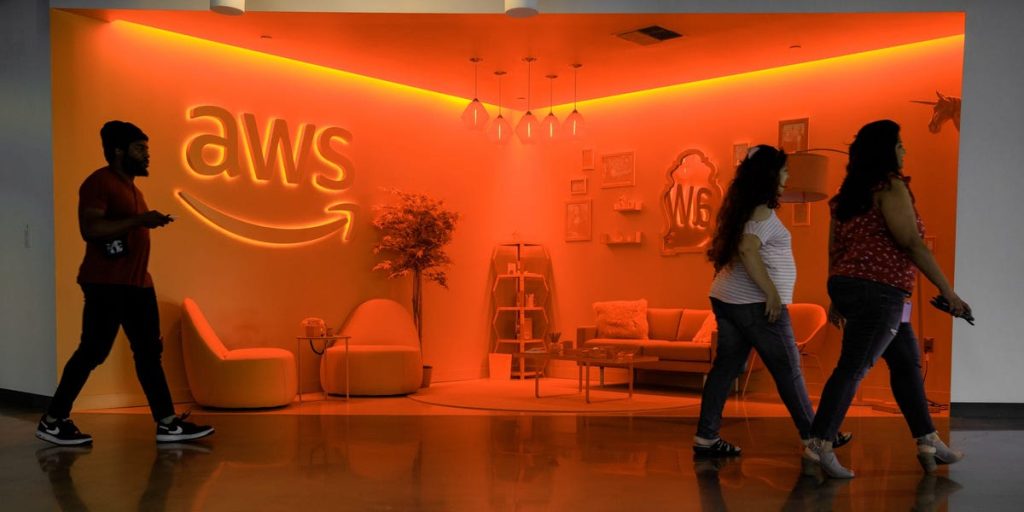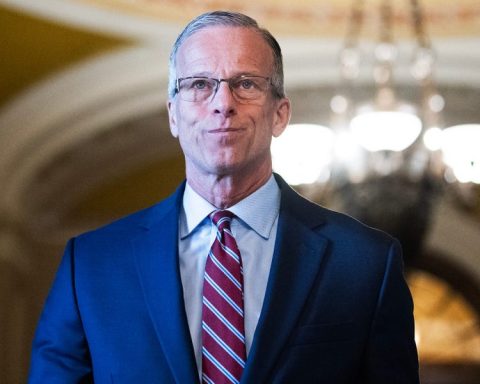On Monday, the Supreme Court announced it will consider a significant case regarding the legality of state bans on “conversion therapy,” which aims to alter minors’ sexual orientation or gender identity. This case has potential for substantial financial implications, with a 2022 study estimating the economic burden of conversion therapy at around $9 billion annually for patients and their families.
Key Facts
The case, Chiles v. Salazar, challenges Colorado’s prohibition on LGBTQ “conversion therapy” for minors. The justices will determine whether laws that “censor” specific conversations between counselors and clients based on expressed viewpoints are constitutionally valid. Commonly known as conversion therapy, these practices—ranging from talk therapy to physical methods like electroconvulsive therapy—seek to change an individual’s sexual orientation or gender identity, often framing these efforts as attempts to “cure” being gay or transgender. Multiple studies indicate that such conversion efforts are not only ineffective but also lead to numerous harmful effects, including heightened suicide risk, substance abuse, and other mental health issues, prompting over 20 states to outlaw conversion therapy for minors.
Conversion Therapy’s Economic Impact
The 2022 study from JAMA Pediatrics highlighted the economic ramifications of conversion therapy, estimating annual costs in the U.S. at approximately $9.23 billion due to associated harms. Participants collectively spend around $650 million annually on conversion therapy itself, with individual patients incurring around $97,985 in additional treatment costs. The study also attributes significant downstream costs—totaling billions—associated with mental health struggles from anxiety, depression, potential suicide attempts, and substance abuse.
What To Watch For
The Supreme Court is expected to address the case during its upcoming term starting in October, with a ruling likely over a year away.
Study Conclusions
Research conducted by The Trevor Project alongside Cytel found that conversion therapy burdens individuals financially due to the extensive mental health ramifications it causes. The annual costs associated with conversion therapy, beyond the therapy session expenses, amount to significant figures due to associated anxiety, depression, suicide attempts, and substance abuse. Notably, individuals who underwent conversion therapy faced notably worse outcomes compared to both those who received no therapy and those who received affirming therapy.
Contra
Critics of the study pointed to its limitations, noting it primarily relied on self-reported data, which might not fully encompass the experiences of all LGBTQ individuals. There is also concern that the risks associated might not be uniform across various demographics and types of conversion therapy. Researchers opted for a conservative estimation of the total economic impact, recognizing that the $9 billion figure could actually be an underestimate.
Big Number
13%. According to a 2024 survey by The Trevor Project of over 50,000 Americans aged 13-24, 13% of LGBTQ youth have either been subjected to or threatened with conversion therapy. This includes 5% reporting they have undergone such therapy, a decrease from 10% in 2020, although this number could potentially rise depending on the Supreme Court’s ruling on state bans.
Key Background
The case stems from Kaley Chiles, a licensed counselor in Colorado who argues that state restrictions on her ability to counsel clients wishing to change their sexual orientation or gender identity infringe upon her First Amendment rights. After a federal appeals court upheld Colorado’s ban, Chiles sought the Supreme Court’s intervention, claiming it curtails counselors’ freedom to discuss contentious topics that clients may request. This case follows a series of landmark rulings by the predominantly conservative Supreme Court related to LGBTQ rights, including cases on discrimination against same-sex couples and gender-affirming care for minors.
On Monday, the Supreme Court announced it will consider a significant case regarding the legality of state bans on “conversion therapy,” which aims to alter minors’ sexual orientation or gender identity. This case has potential for substantial financial implications, with a 2022 study estimating the economic burden of conversion therapy at around $9 billion annually for patients and their families.
Key Facts
The case, Chiles v. Salazar, challenges Colorado’s prohibition on LGBTQ “conversion therapy” for minors. The justices will determine whether laws that “censor” specific conversations between counselors and clients based on expressed viewpoints are constitutionally valid. Commonly known as conversion therapy, these practices—ranging from talk therapy to physical methods like electroconvulsive therapy—seek to change an individual’s sexual orientation or gender identity, often framing these efforts as attempts to “cure” being gay or transgender. Multiple studies indicate that such conversion efforts are not only ineffective but also lead to numerous harmful effects, including heightened suicide risk, substance abuse, and other mental health issues, prompting over 20 states to outlaw conversion therapy for minors.
Conversion Therapy’s Economic Impact
The 2022 study from JAMA Pediatrics highlighted the economic ramifications of conversion therapy, estimating annual costs in the U.S. at approximately $9.23 billion due to associated harms. Participants collectively spend around $650 million annually on conversion therapy itself, with individual patients incurring around $97,985 in additional treatment costs. The study also attributes significant downstream costs—totaling billions—associated with mental health struggles from anxiety, depression, potential suicide attempts, and substance abuse.
What To Watch For
The Supreme Court is expected to address the case during its upcoming term starting in October, with a ruling likely over a year away.
Study Conclusions
Research conducted by The Trevor Project alongside Cytel found that conversion therapy burdens individuals financially due to the extensive mental health ramifications it causes. The annual costs associated with conversion therapy, beyond the therapy session expenses, amount to significant figures due to associated anxiety, depression, suicide attempts, and substance abuse. Notably, individuals who underwent conversion therapy faced notably worse outcomes compared to both those who received no therapy and those who received affirming therapy.
Contra
Critics of the study pointed to its limitations, noting it primarily relied on self-reported data, which might not fully encompass the experiences of all LGBTQ individuals. There is also concern that the risks associated might not be uniform across various demographics and types of conversion therapy. Researchers opted for a conservative estimation of the total economic impact, recognizing that the $9 billion figure could actually be an underestimate.
Big Number
13%. According to a 2024 survey by The Trevor Project of over 50,000 Americans aged 13-24, 13% of LGBTQ youth have either been subjected to or threatened with conversion therapy. This includes 5% reporting they have undergone such therapy, a decrease from 10% in 2020, although this number could potentially rise depending on the Supreme Court’s ruling on state bans.
Key Background
The case stems from Kaley Chiles, a licensed counselor in Colorado who argues that state restrictions on her ability to counsel clients wishing to change their sexual orientation or gender identity infringe upon her First Amendment rights. After a federal appeals court upheld Colorado’s ban, Chiles sought the Supreme Court’s intervention, claiming it curtails counselors’ freedom to discuss contentious topics that clients may request. This case follows a series of landmark rulings by the predominantly conservative Supreme Court related to LGBTQ rights, including cases on discrimination against same-sex couples and gender-affirming care for minors.







